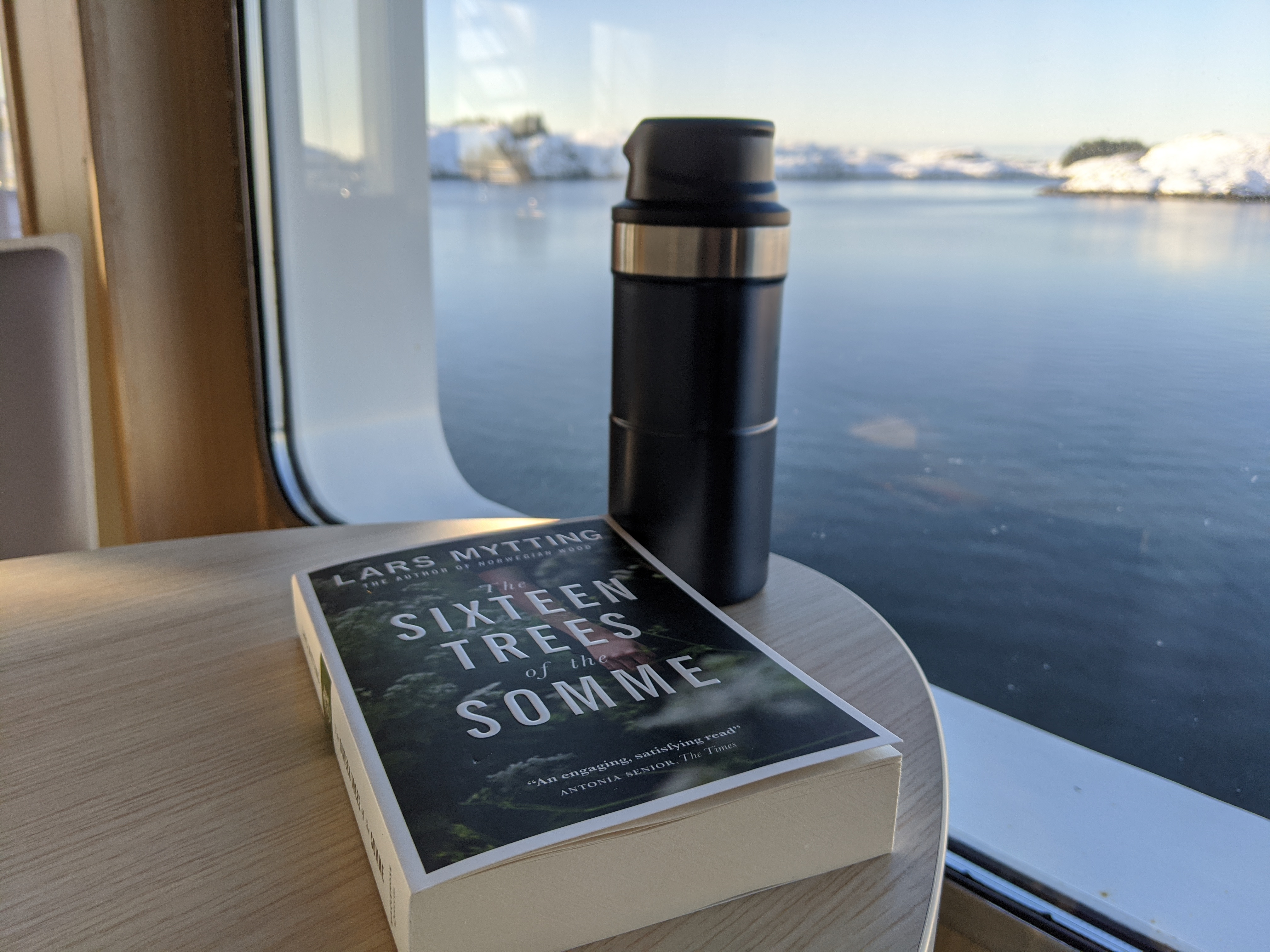Reviewing Lars Mytting's Sixteen Trees of the Somme
Film Review | Literature Review | Training
15 February 2021
This one is going to be full of SPOILERS, so don't say you weren't warned!
Lars Mytting is perhaps best known for writing about wood. It's not surprising then that marketers chose to take the Norwegian Svøm med dem som drukner and, instead of literally translating it as swimming with those who have drowned, changed it to The Sixteen Trees of the Somme. Because trees. Actually the sixteen trees are central to the story, so it's not a bad retitling really.
Moreso than the trees, the story is about a man and his search for the truth about his family. It's a journey many of us have taken back to the places in our childhood where one discovers things are different in strange ways from what we remember. Of course, because it is fiction there are Nazis and adventures in exotic places rather than just a trip to grandpa's basement. As with many a person focused on the past, Mytting's protagonist Edvard is missing the opportunities of the present.
The book ends happily with Edvard passing on his dead mother's dress to his daughter, but Mytting interestingly chooses not to reveal who the mother is. Edvard is pursued by local girl Hanne and Scottish heiress Gwen throughout the story, but he is too focused on the mystery of his parents deaths to appreciate either. He enjoys them, but he also sees both of their flaws. The book ends in such a way that you could interpret either as being his daughter's mother. Or neither. The incautious reader reveals more about themselves if they assume one of those options because Mytting has really given us a superposition of them - Schrödinger's cats in a box that the author never lets us open.

